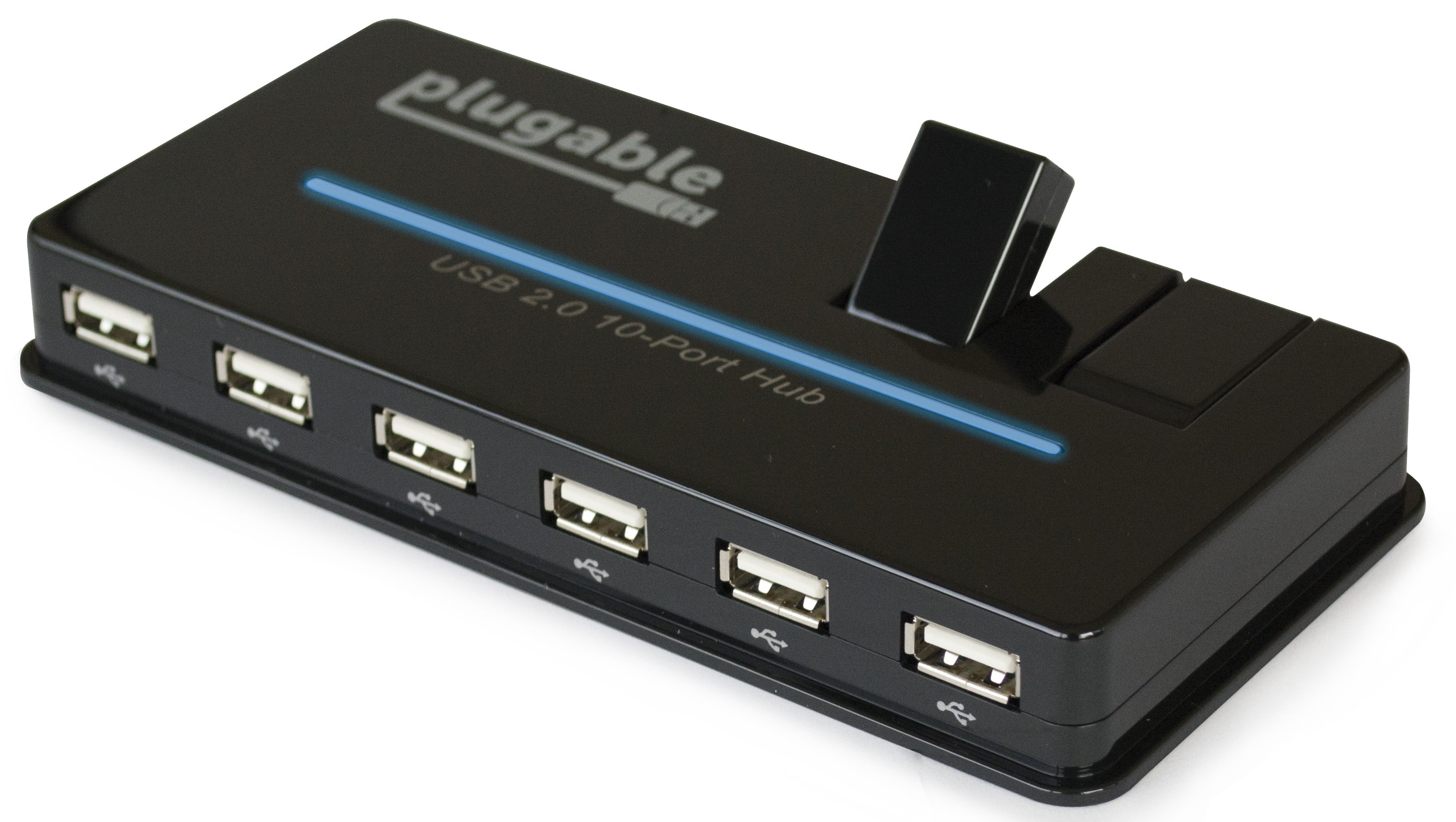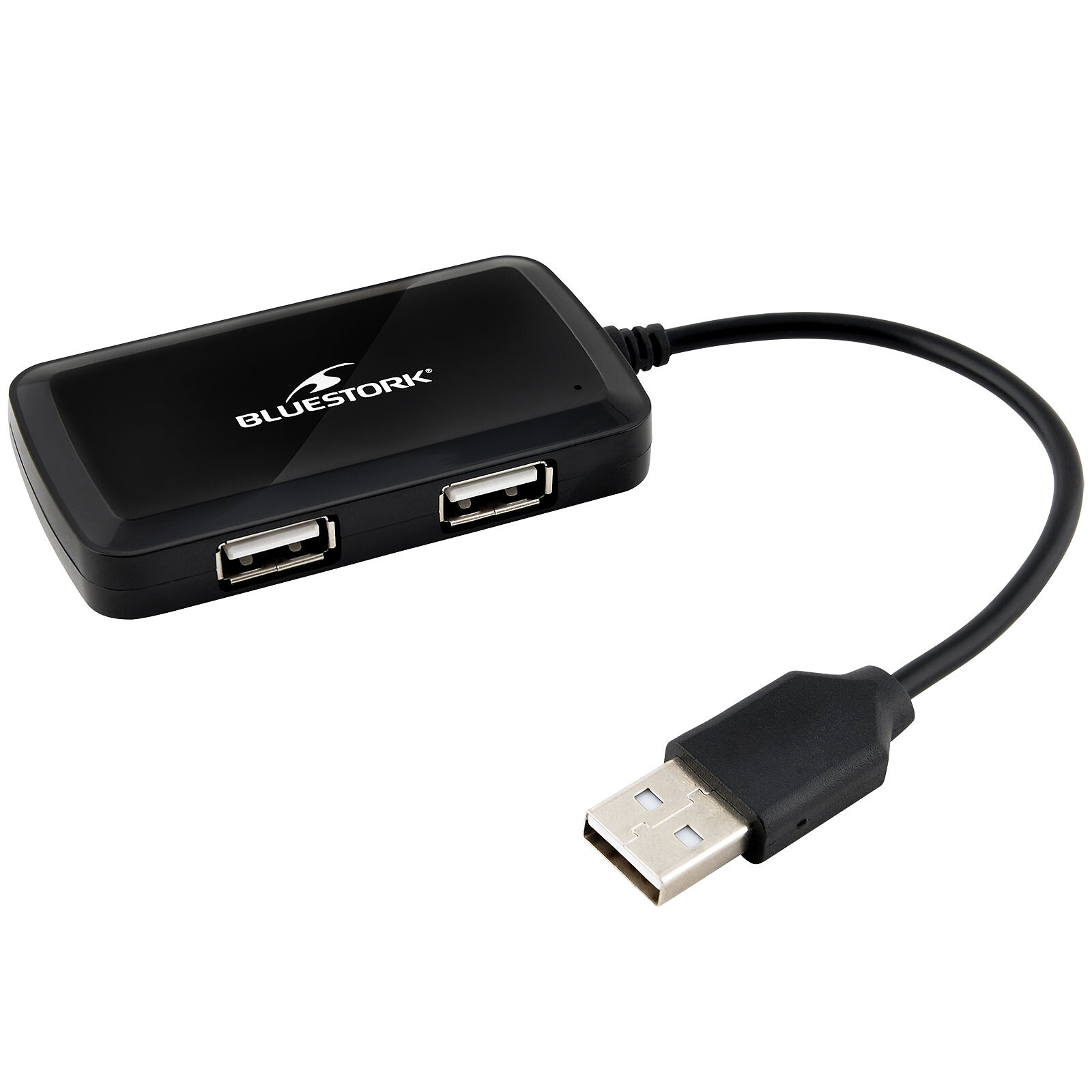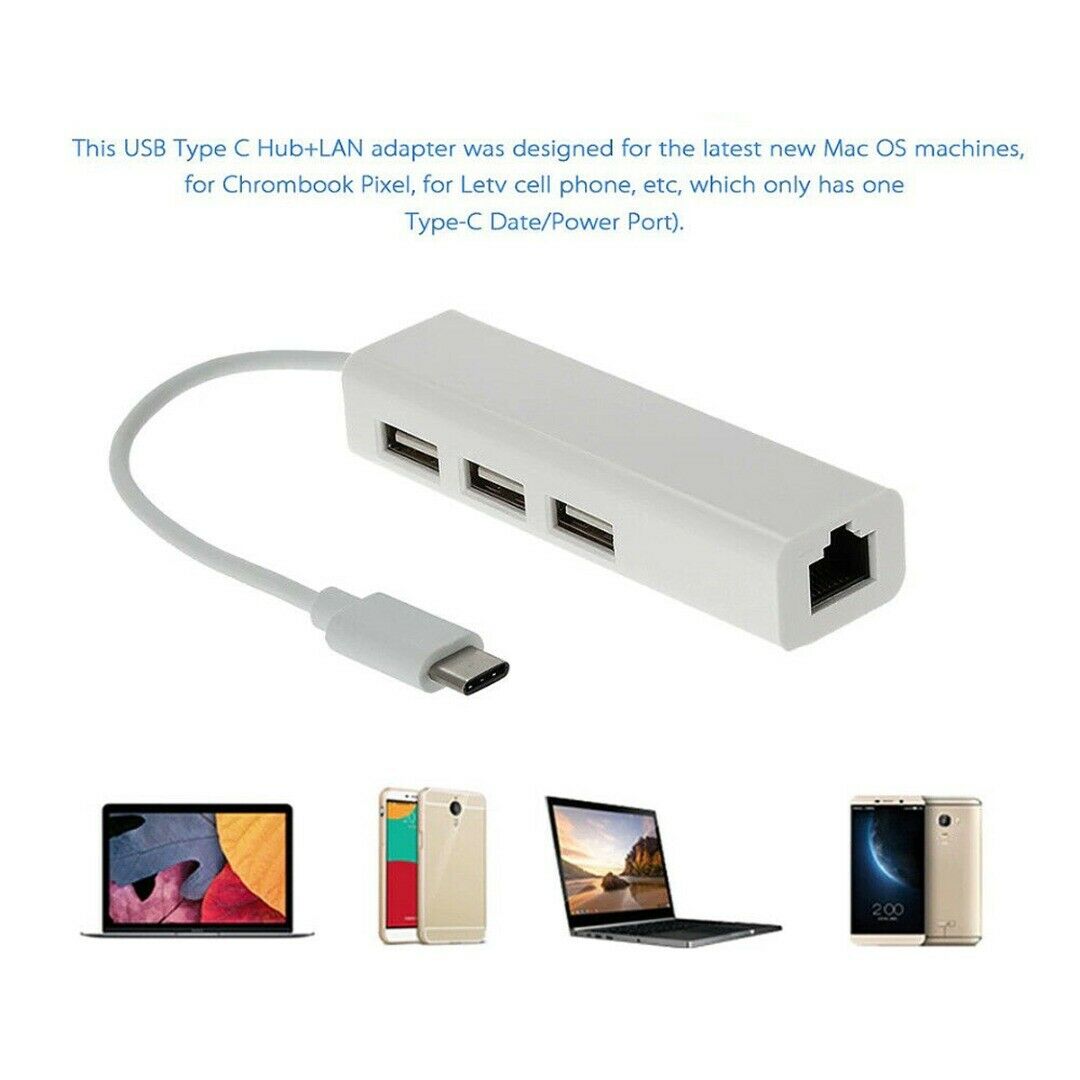In today's interconnected world, the term "Hub 4 U" has become increasingly relevant in the context of networking devices. Whether you're a tech enthusiast or someone looking to enhance your home or office network, understanding what a hub does and how it operates is essential. Hubs play a critical role in enabling seamless communication between devices within a Local Area Network (LAN). But what exactly is a hub, and how does it differ from other networking devices?
This article will delve into the world of hubs, exploring their functionality, benefits, and limitations. We'll also compare hubs with other networking devices like switches and routers to help you make informed decisions when setting up your network infrastructure.
Table of Contents
- Introduction to Hub 4 U
- What is a Hub?
- Types of Hubs
- Functions of a Hub
- Hub vs Switch: Key Differences
- Wireless Hubs: Simplifying Connectivity
- Benefits of Using a Hub
- Limitations of Hubs
- Conclusion and Next Steps
Introduction to Hub 4 U
When we talk about "Hub 4 U," we're referring to a device that serves as a central connection point for multiple devices in a network. Hubs are hardware devices that operate at the physical layer of the OSI model, which means they are responsible for transmitting data signals between devices without altering or filtering them. This makes hubs ideal for small networks where simplicity and affordability are priorities.
- Movierulz18
- 1tamilblasters New Link 2025
- Kannada Movie Rulz
- Filmyfly Bollywood Hindi Dubbed Movies
- Erome
Despite their simplicity, hubs remain a popular choice for many users due to their ease of use and compatibility with various devices. Whether you're connecting multiple computers, printers, or other peripherals, a hub can help streamline your network setup. Let's explore this topic further by understanding the basics of hubs and their role in modern networking.
What is a Hub?
A hub is a networking device that connects multiple devices within a Local Area Network (LAN). It functions as a central point where data signals are received and transmitted to all connected devices. Unlike more advanced devices like switches or routers, hubs do not filter or manage data traffic; instead, they broadcast data to all connected devices, which can lead to potential bottlenecks in larger networks.
Hubs operate at the physical layer of the OSI model, meaning they focus solely on the transmission of raw data bits. This simplicity makes them cost-effective and easy to implement, especially in smaller networks where advanced traffic management is not required.
Definition and Purpose
The term "hub" originates from its function as the central part of a circular object, such as a wheel or propeller. In networking, a hub serves a similar purpose by acting as the central point where all devices converge. Its primary role is to facilitate communication between devices by forwarding data signals to all connected ports.
Types of Hubs
Hubs come in various forms, each designed to meet specific networking needs. Below are some of the most common types of hubs:
- Ethernet Hub: Connects multiple Ethernet devices together, enabling them to communicate within a network.
- Active Hub: Also known as a "repeater hub," it amplifies incoming signals to improve transmission quality over long distances.
- Passive Hub: Simply forwards data signals without amplification, making it suitable for short-distance connections.
- Intelligent Hub: Offers advanced features like network monitoring and remote management, providing greater control over the network.
Functions of a Hub
Hubs perform several critical functions in a network, including:
- Data Transmission: Hubs receive data signals from one device and transmit them to all other connected devices.
- Broadcasting: When a hub receives data, it broadcasts it to all ports, ensuring that every connected device receives the information.
- Signal Amplification: Active hubs amplify incoming signals to maintain data integrity over longer distances.
- Simplifying Connections: Hubs simplify the process of connecting multiple devices by providing a centralized point of access.
Hub vs Switch: Key Differences
While hubs and switches both serve as networking devices, they differ significantly in terms of functionality and performance. Here's a closer look at how they compare:
Features of Switches
Switches are more advanced than hubs, operating at the data link layer of the OSI model. They filter and direct data traffic based on MAC addresses, ensuring that data is sent only to the intended recipient. This results in improved network performance and reduced congestion compared to hubs.
Key differences between hubs and switches include:
- Hubs broadcast data to all connected devices, while switches send data only to the intended recipient.
- Switches offer better performance and security due to their ability to manage data traffic efficiently.
- Hubs are generally less expensive than switches but are not suitable for larger networks with high data traffic.
Wireless Hubs: Simplifying Connectivity
With the increasing demand for wireless connectivity, wireless hubs have emerged as a convenient solution for modern users. These devices eliminate the need for physical cables, allowing devices to connect wirelessly through Wi-Fi or Bluetooth. Wireless hubs offer several advantages, including:
- Reduced Clutter: By eliminating the need for cables, wireless hubs help create a cleaner and more organized workspace.
- Enhanced Mobility: Devices can be connected and moved freely without being tethered by cables.
- Improved Productivity: Wireless hubs simplify device connections and data transfer, streamlining workflow and enhancing productivity.
Benefits of Using a Hub
Despite their limitations, hubs offer several benefits that make them a practical choice for certain networking scenarios:
- Cost-Effective: Hubs are generally more affordable than switches or routers, making them ideal for budget-conscious users.
- Easy to Set Up: Their simplicity makes hubs easy to install and configure, even for users with limited technical expertise.
- Compatibility: Hubs are compatible with a wide range of devices, ensuring seamless connectivity across different platforms.
Limitations of Hubs
While hubs offer numerous advantages, they also have certain limitations that should be considered:
- Performance Issues: Hubs can become bottlenecks in larger networks due to their inability to filter or manage data traffic.
- Security Concerns: Broadcasting data to all connected devices can pose security risks, especially in networks with sensitive information.
- Scalability: Hubs are not suitable for large-scale networks where advanced traffic management is required.
Conclusion and Next Steps
In conclusion, hubs play a vital role in modern networking by providing a simple and cost-effective solution for connecting multiple devices. While they may not offer the advanced features of switches or routers, hubs remain a practical choice for small networks where simplicity and affordability are priorities. Understanding the differences between hubs and other networking devices can help you make informed decisions when setting up your network infrastructure.
We encourage you to share your thoughts and experiences with hubs in the comments section below. If you found this article helpful, consider sharing it with others who may benefit from the information. For more insights into networking and technology, explore our other articles on the website.
Remember, choosing the right networking device depends on your specific needs and requirements. Whether you opt for a hub, switch, or router, ensuring a stable and efficient network connection is key to maximizing productivity and enhancing your digital experience.
Stay connected and keep exploring the world of networking!


